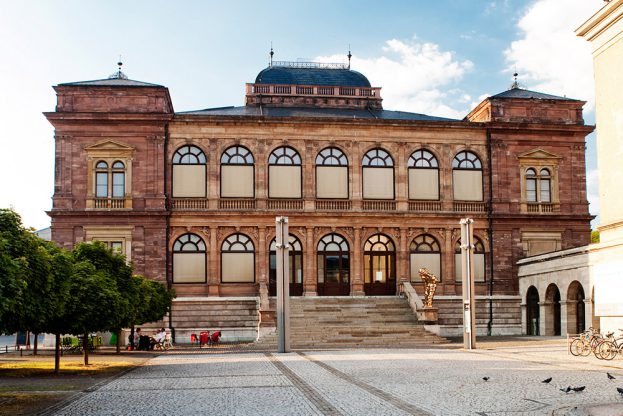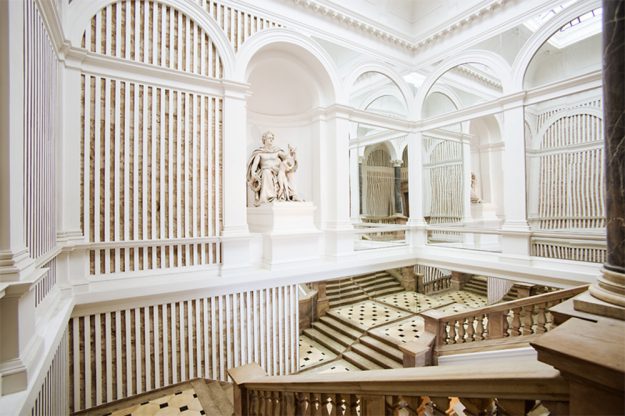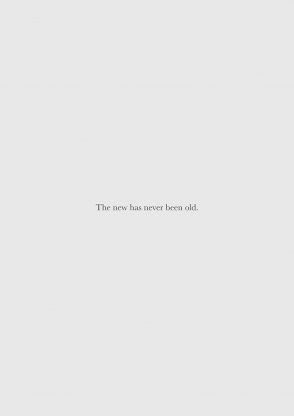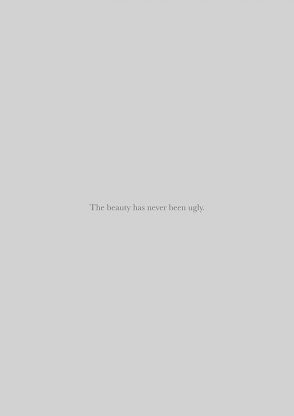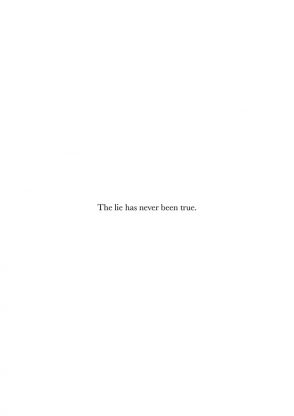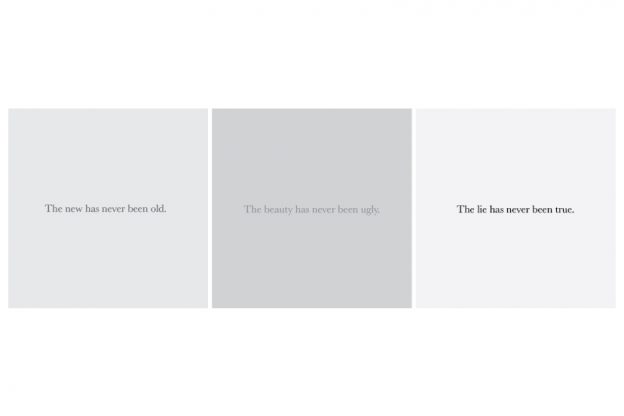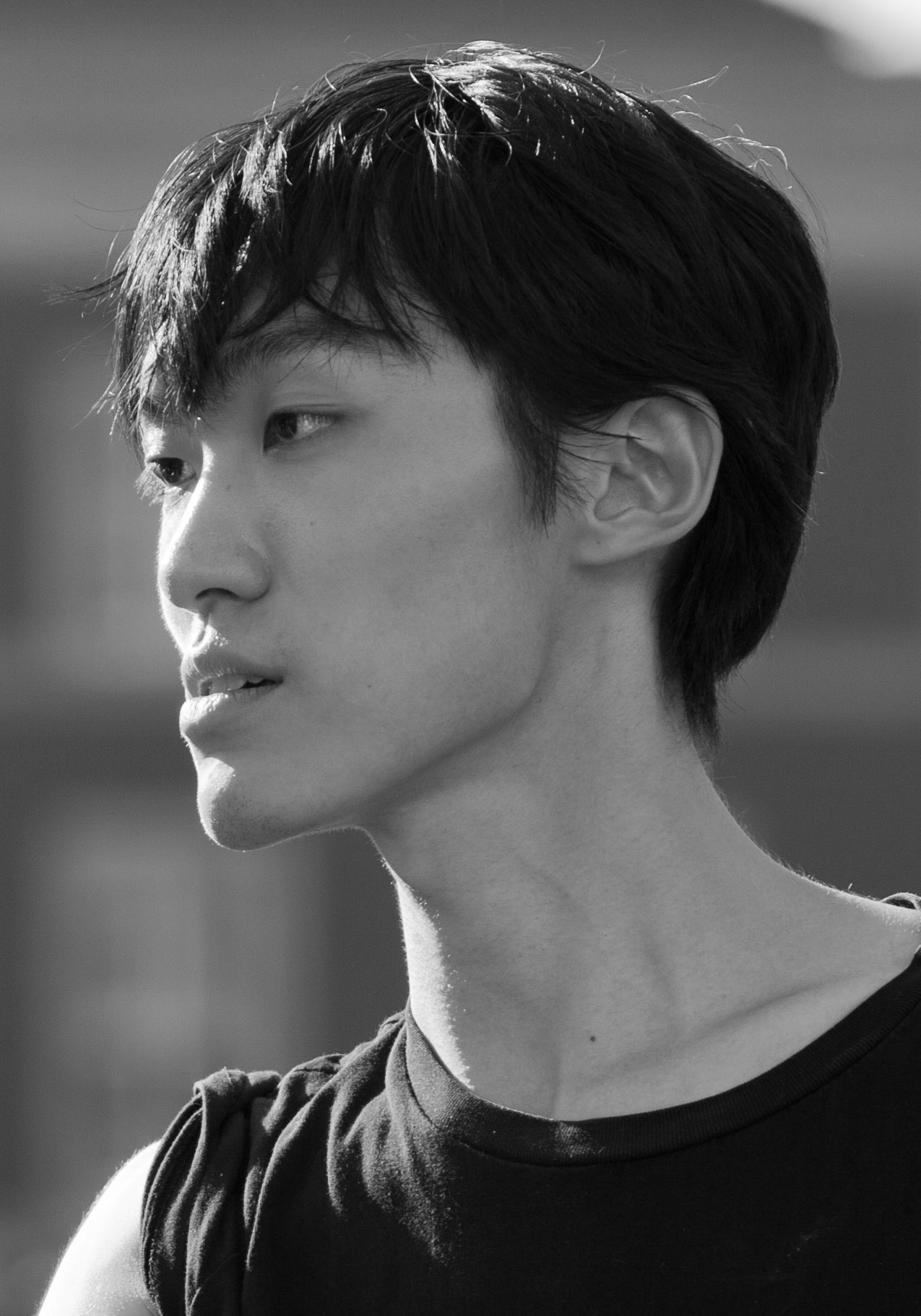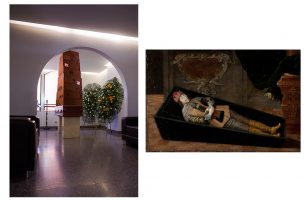»Ernestiner« trifft Bauhaus, Teil 6
»Ernestiner« trifft Bauhaus: Wir haben Künstlerinnen und Künstler der Bauhaus-Universität Weimar gebeten, Werke der Ernestiner-Ausstellung neu zu interpretieren und Ideen sowie Herangehensweise in einem kurzen Text zu beschreiben. Hier zeigen wir jede Woche ein Ergebnis.
Der Künstler Isaac Chong Wai setzt sich mit dem Neuen Museum auseinander.
I have been thinking all the time about how new is the Neues Museum, and how new can be a museum.
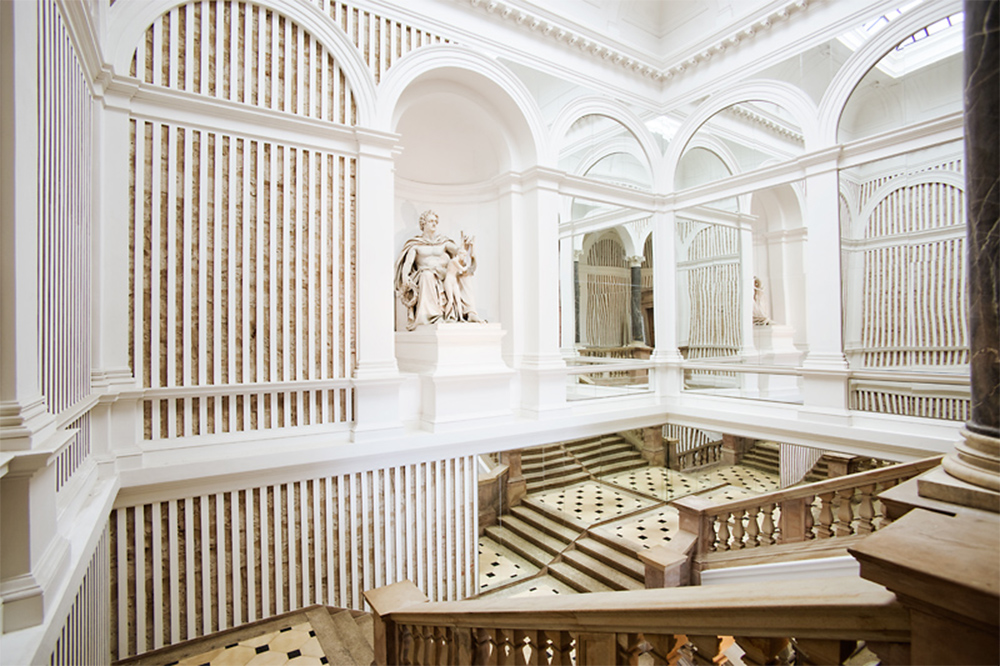
Blick in das Treppenhaus mit der Monumentalplastik »Goethe und Psyche« von Carl Steinhäuser (1851) © Klassik Stiftung Weimar
If the museum is new, can it also be old?
What is the concept between the obsession of newness in art and museum?
If the museum is to preserve the past, which could be something old, what is new about the museum?
Is it the attribute of art or the illusion of achieving something that seems to be new?
I then came up with some sentences in my mind about the new and the old, the beautiful and the ugly, the lie and the truth.
The new can never always be simply old, nor new.
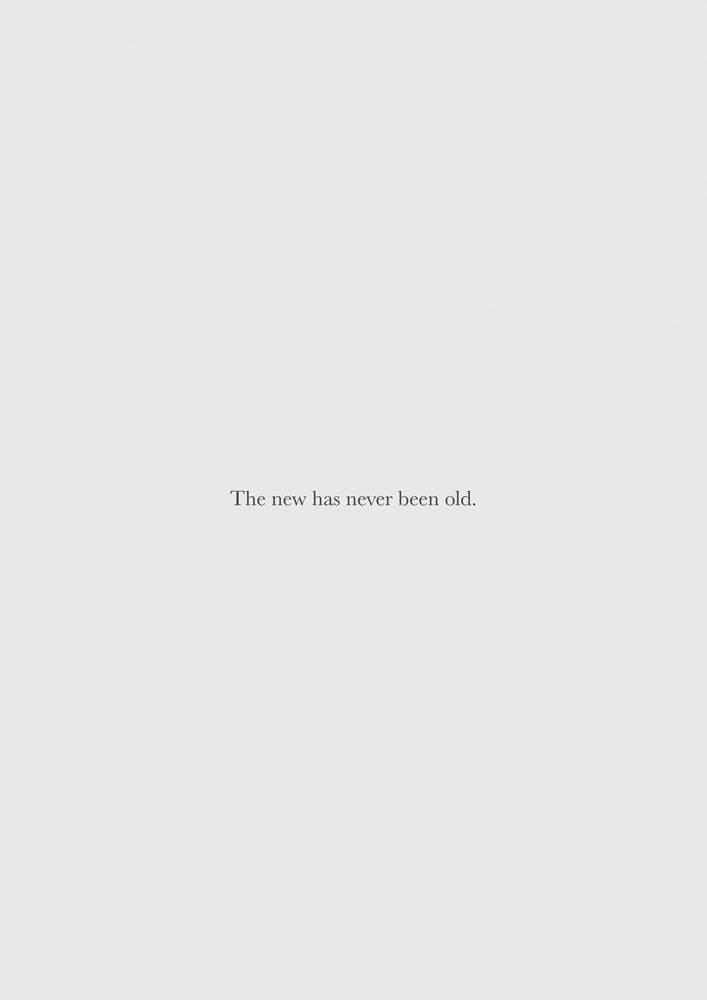
Isaac Chong Wai, The new has never been old, painted on canvas, 100 x 80 cm © Isaac Chong Wai
The beautiful can never only be ugly, nor beautiful.
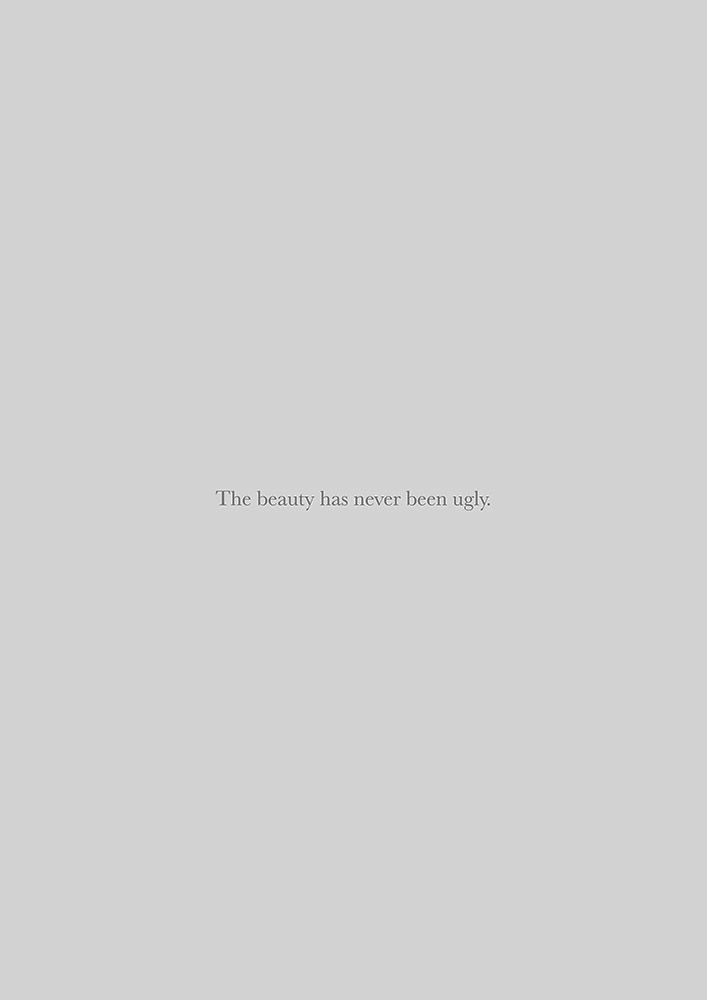
Isaac Chong Wai, The beauty has never been ugly, painted on canvas, 100 x 80 cm © Isaac Chong Wai
The lie can never be just a truth, nor a lie.
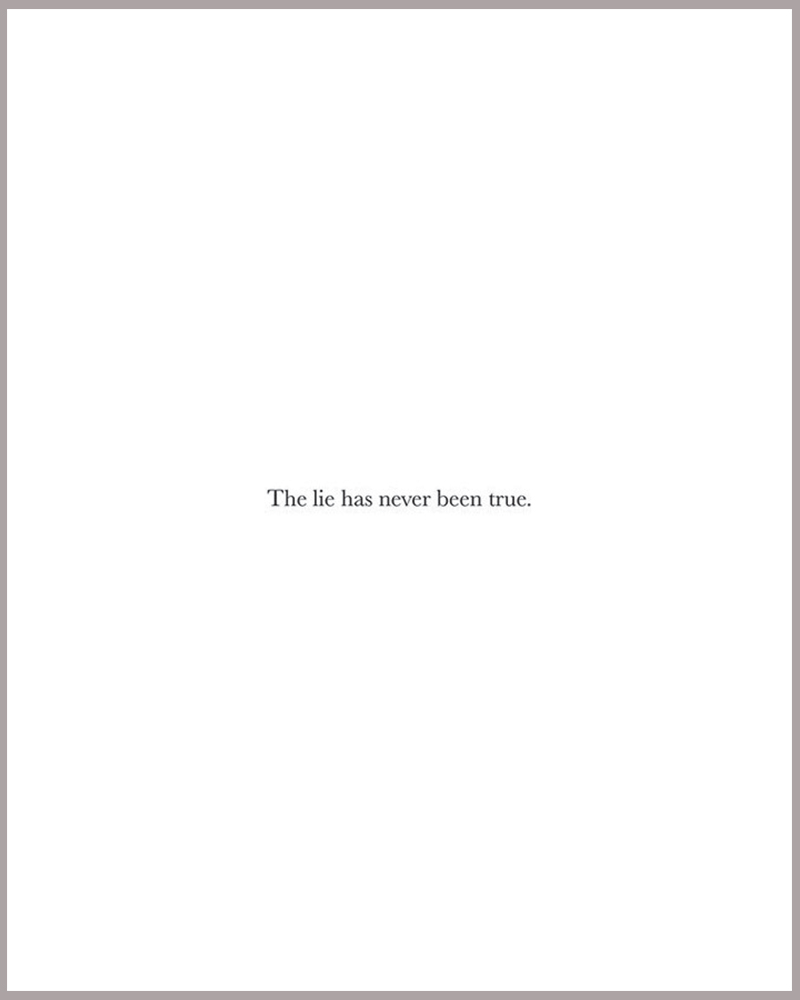
Isaac Chong Wai, The lie has never been true, painted on canvas, 100 x 80 cm © Isaac Chong Wai
The very »absolute sentences« create uncanniness with respect to the understanding of languages and its functions and ideas shared among people as a »common understanding«.
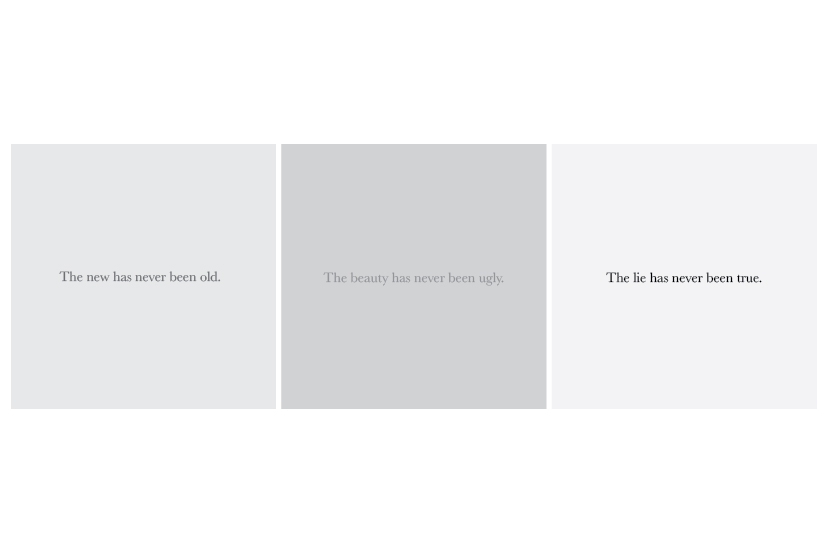
Isaac Chong Wai, painted on canvas, 100 x 80 cm © Isaac Chong Wai
As we think about the bipolar concepts of words, we figure out the absurdities about the sentences which are actually true, but false.
The lie can never be true or false. And all the sentences are true but they are certainly lies.
What are then the truth and beauty of a museum and the lie and ugliness of art?

